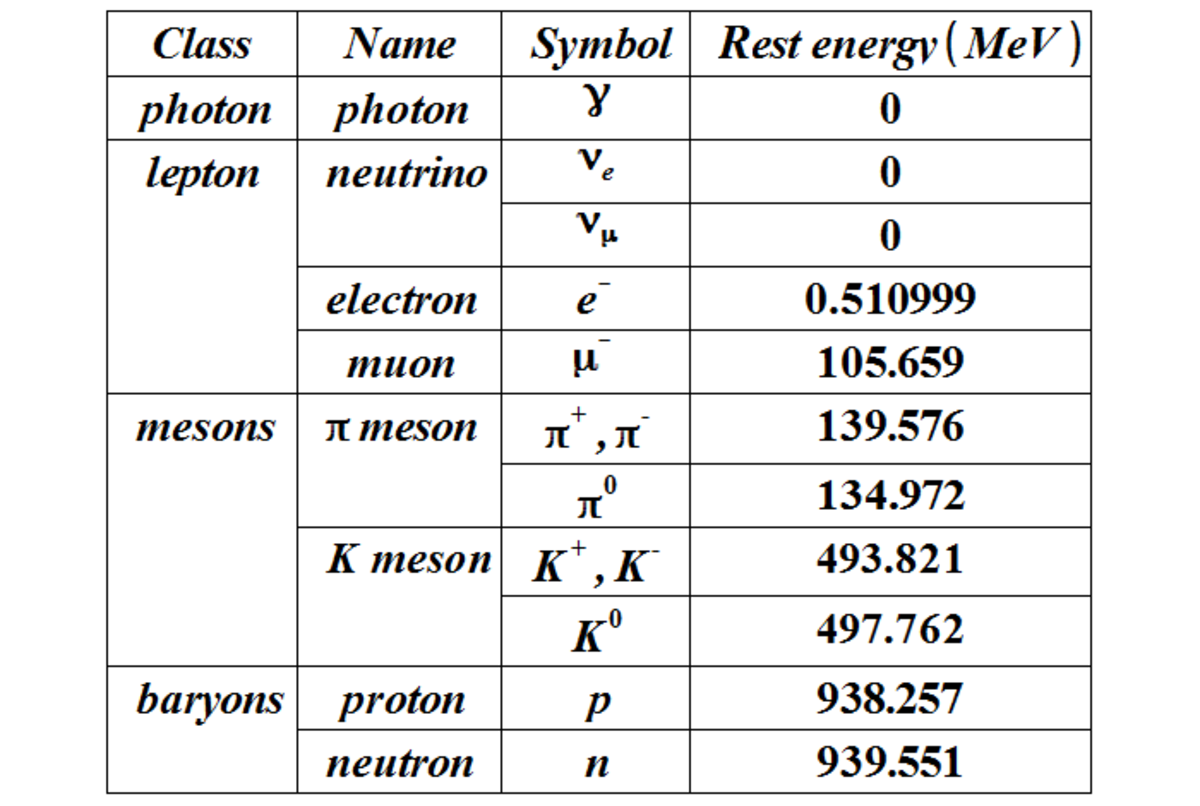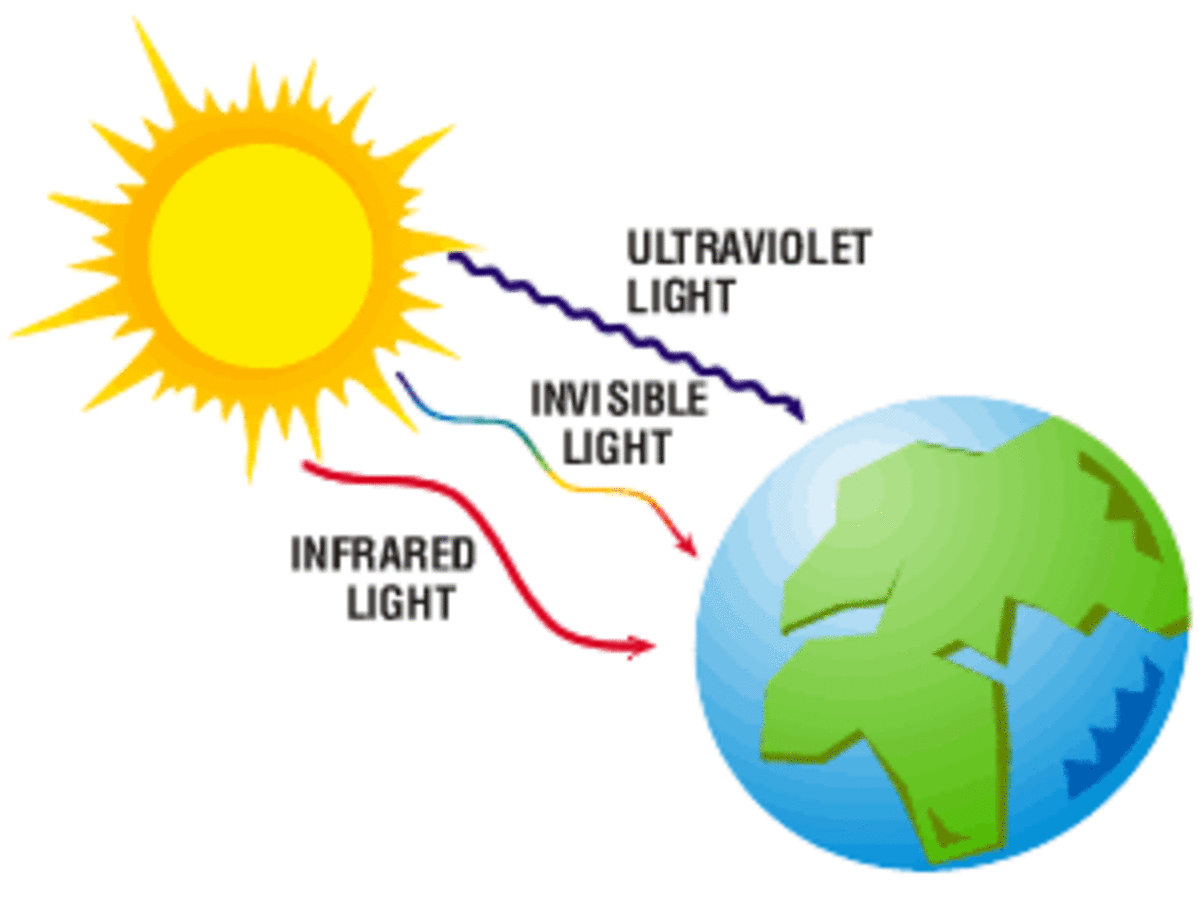Ohm's Law in Detail
Voltage
We know that opposite charges attracts each other. Work is done to separate the two charges and move the charges through a specific distance. All opposite charges possess some potential energy due to the separation between them. The difference in the potential energy of these charges is called as the potential difference
This potential difference in electrical terminology is known as voltage. It is denoted by V or v.
The potential difference between two points can be defined as the work done in moving a unit charge from one point to another point against the electric field.
Current
Free electrons are present in all conductors. These electrons will be moving randomly. When a voltage is applied across the conductor, the electrons start moving toward the same direction depending on the polarity of the voltage applied. This flow of electrons constitutes the current.
The current is defined as the rate of flow of electrons in a conductor. It is denoted by A. It is expressed in amperes or A.
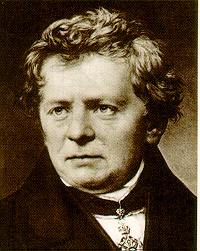
Born-March 16, 1789
Place of birth-Erlangen, Bavaria [Germany]
Book-Die galvanische Kette, mathematisch bearbeitet (1827; The Galvanic Circuit Investigated Mathematically).
Awards -In 1841 he was awarded the Copley Medal of the Royal Society of London and was made a foreign member a year later.
Died-July 6, 1854, Munich
Ohm’s law
According to the Ohm’s law, at constant physical conditions such as pressure, mechanical strain, temperature etc., the current through any conductor is directly proportional to the voltage across the conductor.
Simply saying,
At constant temperature, current is through any conductor is directly proportional to the voltage across the conductor.
i.e. V α I , at constant temperature.
(or) V= IR (or) V=I/G
Where,
V= voltage across the conductor
I = current flowing through the conductor
R= resistance of the conductor
G= conductivity of the conductor
Kirchhoff’s Law
- Kirchhoff's Law
Kirchhoff's laws are the very basic law used for circuit analysis. It is very simple law with much of applications.
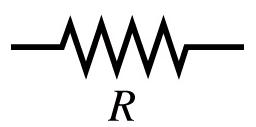
What is Resistance?
Resistance is the opposition offered by the conductor to the flow of current. It is denoted by R.
Symbol of resistance:
The unit of resistance is ohms or Ω
Every material has its own resistance. Even if it is a conductor it offers a resistance to the flow of current. Resistance of any conductor depends on its length and area
R=ρ (L/A)
Where,
L=length of the conductor
A= Area of the conductor
Ρ= constant of resistivity
Unit of constant of resistivity is ohm-meter or Ωm.
Resistance varies with temperature. Resistance is inversely proportional to temperature.
i.e. when temperature of the conductor increases the resistance decreases and more current flows through the conductor. When temperature of the conductor decreases the resistance increases.
R α (1/T)
where T is the temperature of the conductor.
Conductivity
Conductivity is the reciprocal of resistivity. Its unit is mho
To make the ohm’s law very clear consider the following figure:
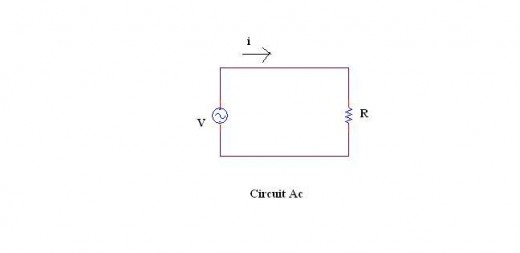
Let I be the current flowing through the conductor and R be the resistance offered by the conductor to the flow of current then, the voltage across the conductor is given by
V= IR
- Working of the Fuel Cells
Easily understand the working of fuel cells - Microphones
Working and types of microphone - Types of Diode
A Diode is a two terminal electronic component which offer zero resistance in forward bias and infinite resistance in reverse bias. This article tells about various types of diodes. - How Does a Transformer Work
This article makes the readers very clear about the working of the power transformer. Basic working principle of the transformer is mentioned very clearly and briefly


